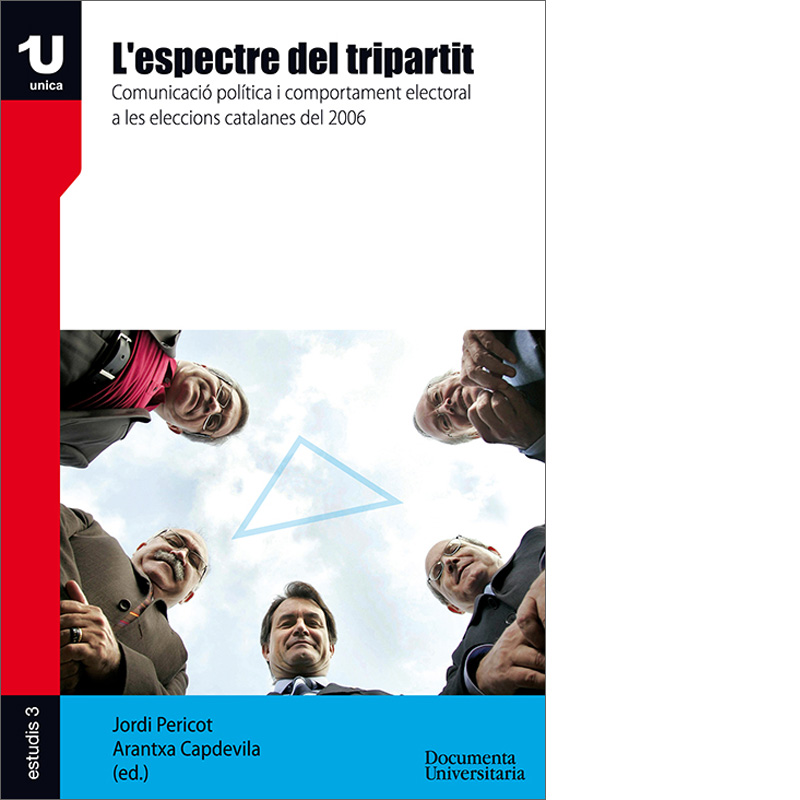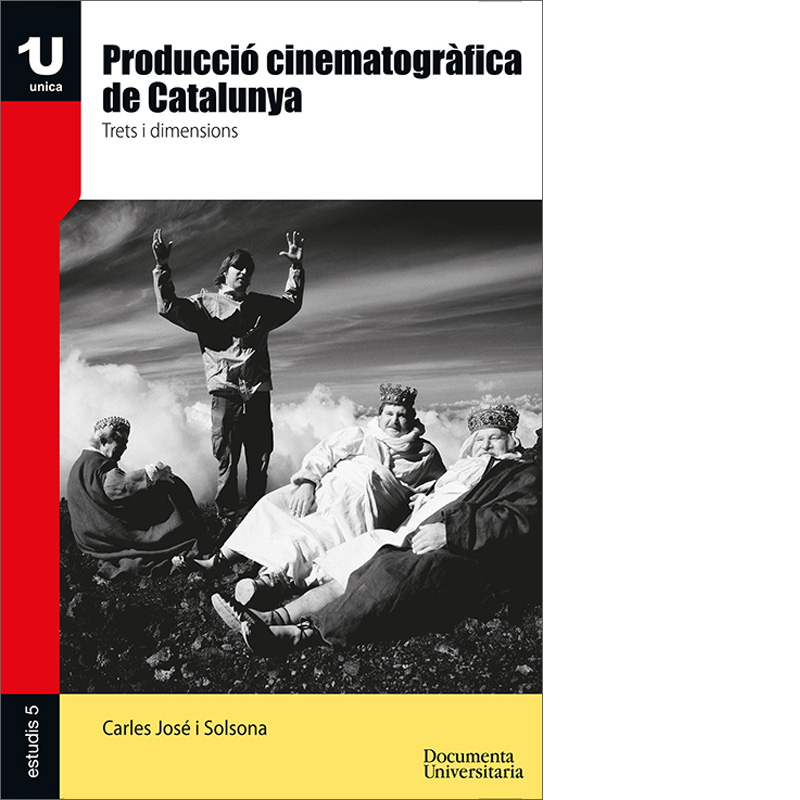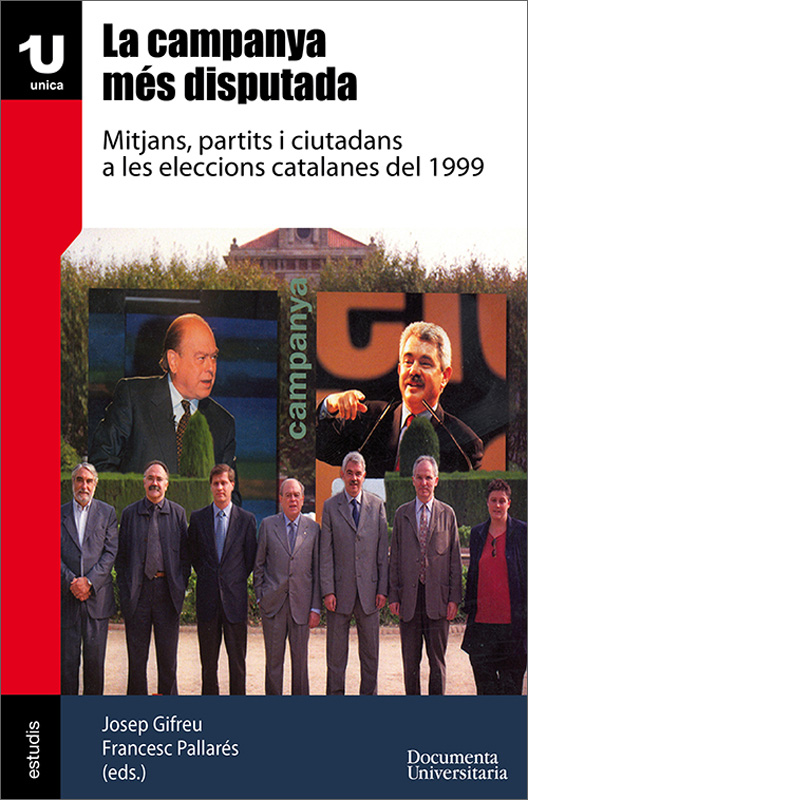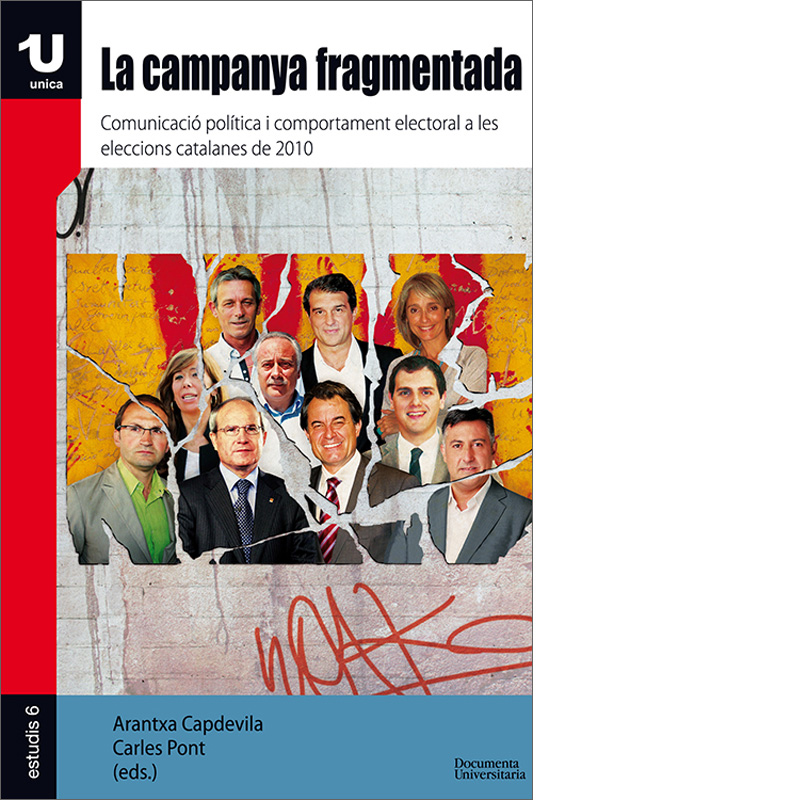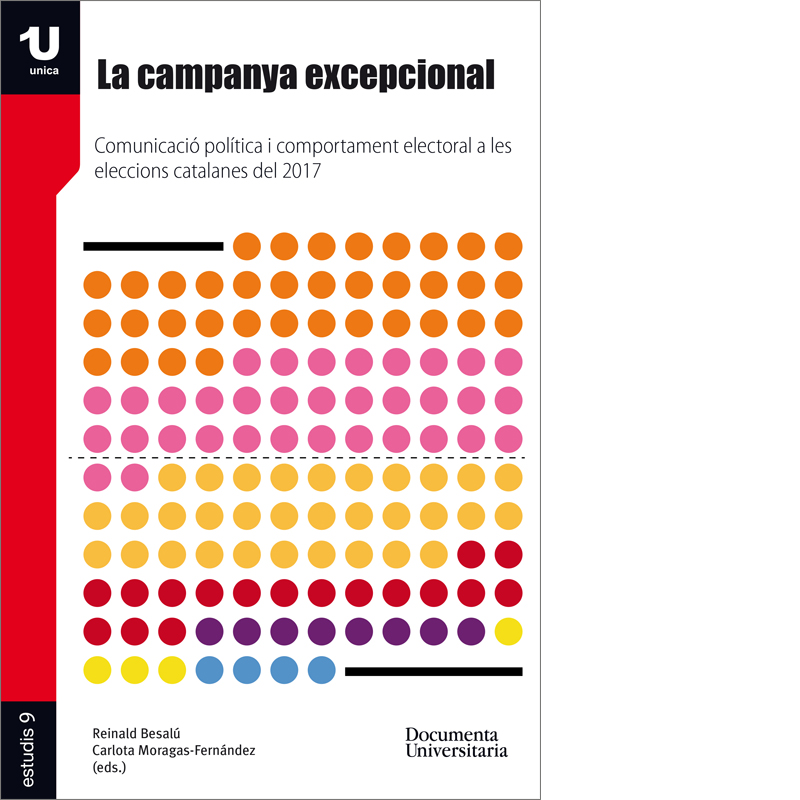Description
Normal.dotm 0 0 1 161 919 Edicions A Petició SL 7 1 1128 12.0 0 false 21 18 pt 18 pt 0 0 false false false /* Style Definitions */ table.MsoNormalTable {mso-style-name:"Tabla normal"; mso-tstyle-rowband-size:0; mso-tstyle-colband-size:0; mso-style-noshow:yes; mso-style-parent:""; mso-padding-alt:0cm 5.4pt 0cm 5.4pt; mso-para-margin-top:0cm; mso-para-margin-right:0cm; mso-para-margin-bottom:10.0pt; mso-para-margin-left:0cm; mso-pagination:widow-orphan; font-size:12.0pt; font-family:"Times New Roman"; mso-ascii-font-family:Cambria; mso-ascii-theme-font:minor-latin; mso-fareast-font-family:"Times New Roman"; mso-fareast-theme-font:minor-fareast; mso-hansi-font-family:Cambria; mso-hansi-theme-font:minor-latin;} The electoral campaign for the 2006 elections took place in a situation marked by two fundamental facts. On the one hand, the uncertainty of results, and especially the configuration of the future government (due to the anticipated need to configure a coalition). Moreover, although all parties had in mind the previous tripartite government, did not make explicit its presence in the election campaign. Therefore, the tripartite becomes a kind of shadow that hangs over the disclosure of all political forces, without taking sufficient entity. n This study will analyze the campaign from complementary perspectives and methodologies in the context of political communication. It is the fourth study of election campaigns after the Catalan for the previous elections in 1995, 1999 and 2003. Different teams of experts and analysts (F. Pallares, J. Muñoz, C. Puente, M. Mauri, M. Obradors, J. Fernandez, A. Capdevila, J. Pericot, M. Figueras, J. Gifreu, L. Gomez , T. Aira, F. Sáez, E. Xicoy, X. Ruiz, E. Pujadas, O. Pérez, A. Casals, L. Lopez) examines key aspects of the campaign and its impact on the electorate. n n


